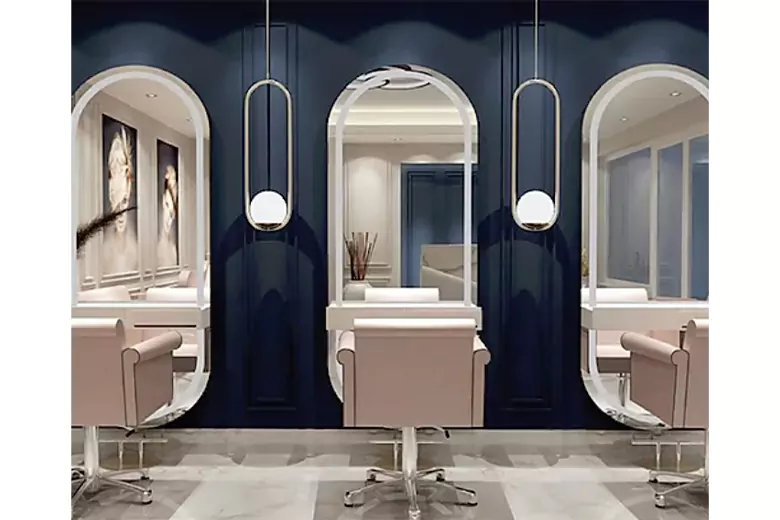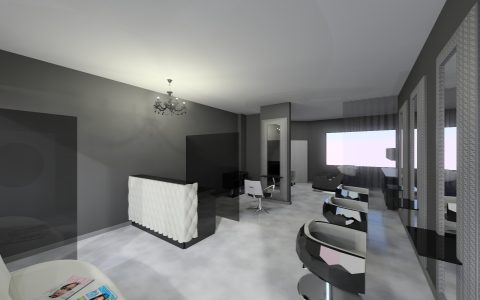Effective interior layouts for small beauty salons maximize functionality while maintaining a professional ambiance. Focus on strategic planning to optimize every square foot.
Efficient Space Planning Principles
Prioritize multi-functional layouts that reduce wasted space. For instance, use modular furniture that can be reconfigured for different services, ensuring flexibility without clutter.
- Multi-functional stations: Combine reception and waiting areas with compact reception desks.
- Compact zoning: Designate clear zones like treatment, washing, and storage within a single room.
- Minimalist furniture: Select slim-profile equipment and fixtures to avoid overwhelming the area.
Functional Zoning Strategies
Create defined areas to enhance workflow in limited spaces. This ensures staff efficiency and client comfort.

- Reception and waiting integration: Use a small seating bench near the entrance to serve both functions.
- Treatment areas: Position service chairs along walls or in corners, with privacy screens for treatments.
- Washing and prep zones: Consolidate sinks and drying stations into one corner with foldable units.
Smart Storage Solutions
Implement vertical and hidden storage to avoid a cramped feel. This keeps tools organized and accessible.
- Vertical storage systems: Install wall-mounted shelves and cabinets for products and supplies.
- Hidden compartments: Use furniture with built-in storage, like ottomans for towels or treatment beds with drawers.
- Mobile carts: Employ rolling carts to store and transport essentials without fixed cabinets.
Enhancing Ambiance in Small Settings
Optimize lighting and decor to create an illusion of space and a calming atmosphere.
- Mirror placement: Position mirrors strategically to reflect light and visually expand the room.
- Lighting techniques: Use LED strips for perimeter lighting to brighten corners without bulky fixtures.
- Neutral color schemes: Choose light, uniform colors for walls and furniture to enhance openness.
By adopting these layouts, small salons achieve efficient operations and a welcoming environment, proving that size constraints can drive innovative design.






